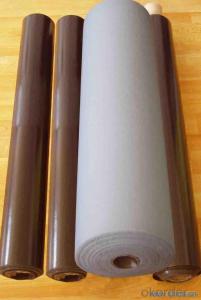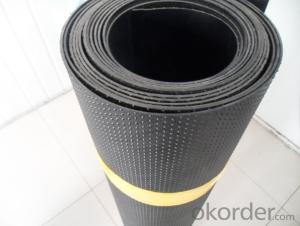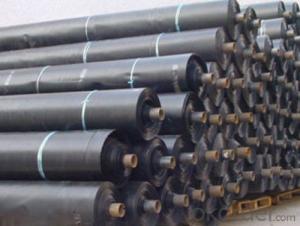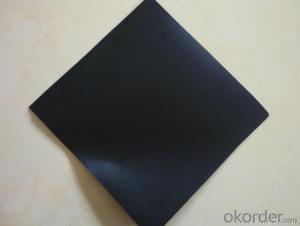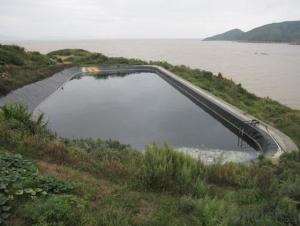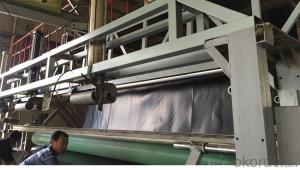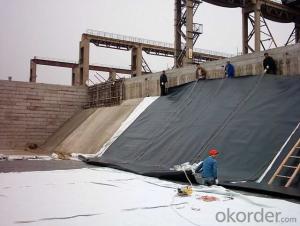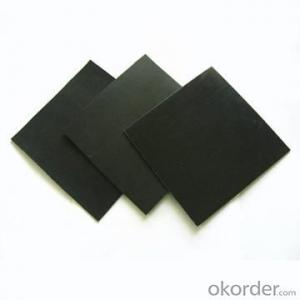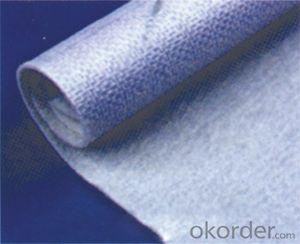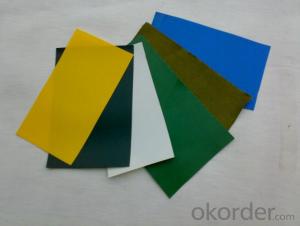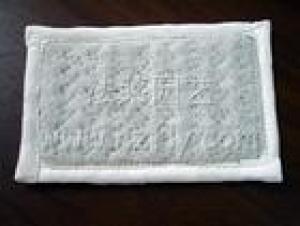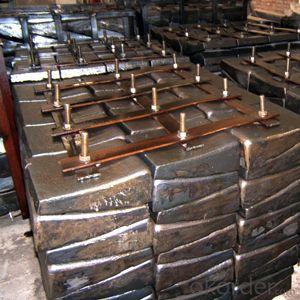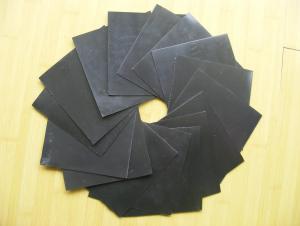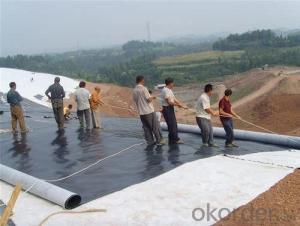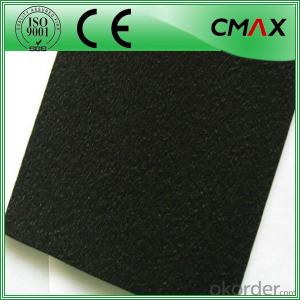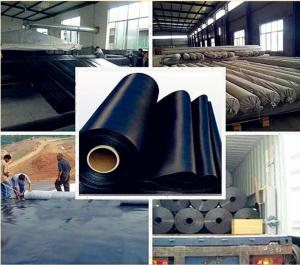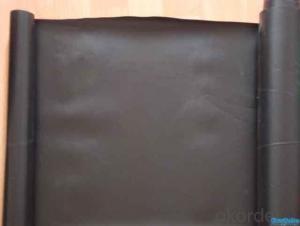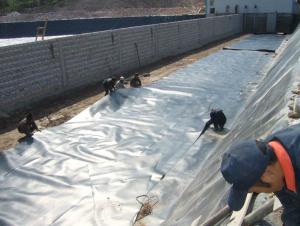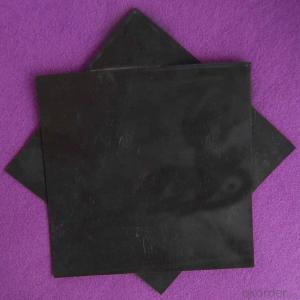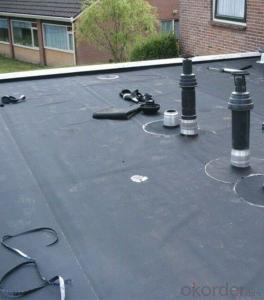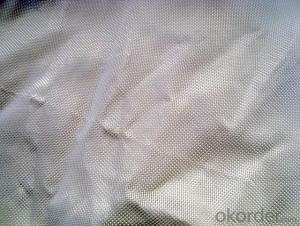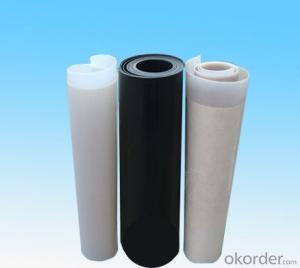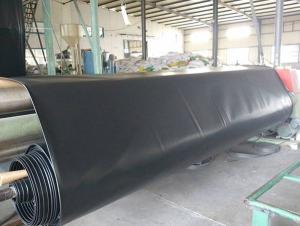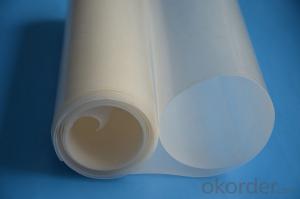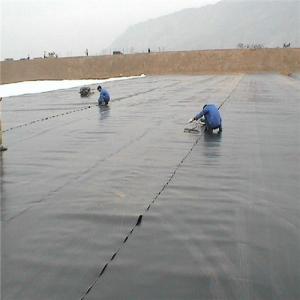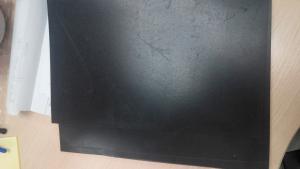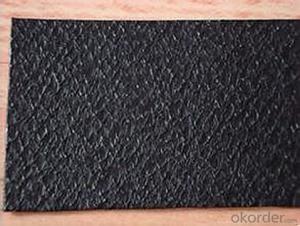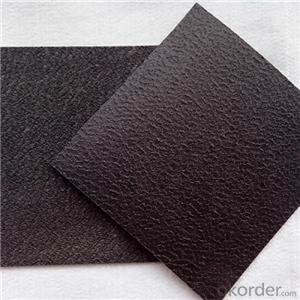Impermeable Geomembrane Liner
Impermeable Geomembrane Liner Related Searches
Chimney Liner Stainless Steel Stainless Steel Flue Liner 30 Mil Pvc Geomembrane Pvc Geomembrane Specifications Pvc Geomembrane Geomembrane Machine Waterproof Concrete Blocks Plastic Geomembrane Waterproof Geomembrane Geomembrane MaterialHot Searches
China Pvc Geomembrane China Geomembrane Roll Sheet Scaffolding Manufacturer In Mumbai Hdpe Geomembrane Sheet Price Hdpe Geomembrane China China Geomembrane Geomembrane China Hdpe Geomembrane Price Geomembrane Liner Price Geomembrane Price Black Plastic Plant Pots Wholesale Wholesale Hdpe Geomembrane Roll Geomembrane Factory Wholesale Liner Hdpe Geomembrane Spring Manufacturer Singapore Bistable Spring Manufacturer Wholesale Geomembrane Hdpe Wholesale Hdpe Geomembrane Geomembrane Market Size Hdpe Geomembrane Sheet PriceImpermeable Geomembrane Liner Supplier & Manufacturer from China
Okorder.com is a professional Impermeable Geomembrane Liner supplier & manufacturer, offers integrated one-stop services including real-time quoting and online cargo tracking. We are funded by CNBM Group, a Fortune 500 enterprise and the largest Impermeable Geomembrane Liner firm in China.Hot Products
FAQ
- nan
- Common standards and codes related to geotechnical tests are as follows: (1) the railway engineering geotechnical test method "(TBJ102-96) (2) the geotechnical test method standard" (\ t50123-1999) (3) "road geotechnique test procedures" (JTJ051-93) (4) the water?conservancy geotechnique test procedures in the "(SL237-1999) (5) the railway subgrade construction specifications, TB10202-2002 (6) the highway roadbed construction technology standard" JTJ033-950 geotechnical test in the regular program. (1) water content, density, proportion; (2) analysis of the particle size , liquid limit, plastic limit; (3) maximum density and minimum density of sand; (4) compaction?test, bearing ratio test.
- The requirements for geomembranes used in aquaculture ponds include being durable, puncture resistant, and able to withstand UV exposure. They should also be impermeable to prevent leakage and seepage of water. Additionally, the geomembranes should be resistant to chemicals and have low permeability to gases to maintain optimal water quality in the pond.
- There are several advantages of using geomembranes in pond liners. Firstly, geomembranes provide a highly effective barrier against seepage and leakage, ensuring that the pond remains watertight. This is particularly beneficial for containment of water or other liquids, preventing contamination or loss. Secondly, geomembranes are durable and have a long lifespan, offering resistance to weathering, UV radiation, and chemical degradation. This makes them suitable for long-term use without requiring frequent repairs or replacements. Additionally, geomembranes are flexible and can conform to the shape and contours of the pond, providing a seamless and uniform lining. This helps to eliminate potential weak points or areas prone to failure. Lastly, using geomembranes in pond liners allows for precise control over the pond's water quality and environment. By choosing the appropriate geomembrane material, it is possible to create a barrier that is resistant to specific chemicals, gases, or contaminants, thereby protecting the pond and its contents.
- No, geomembranes are not inherently resistant to high temperatures. However, there are specific types of geomembranes that are designed to withstand high temperatures and can be used in applications where heat resistance is required.
- Yes, geomembranes can be used in fish hatcheries and aquaponics systems. Geomembranes are impermeable and flexible materials that can effectively contain water, preventing leakage or seepage. In fish hatcheries, geomembranes can be used to line ponds, tanks, or raceways, ensuring a controlled and secure environment for fish breeding. Similarly, in aquaponics systems, geomembranes can be used as liners for grow beds, fish tanks, or nutrient-rich water channels, helping to maintain the desired water levels and preventing any contamination between the fish and plant components of the system.
- Geomembranes contribute to the prevention of soil contamination from agricultural chemicals by acting as a barrier between the chemicals and the soil. They are impermeable liners that prevent the chemicals from leaching into the soil, thus reducing the risk of contamination. By effectively containing the chemicals, geomembranes help protect the soil quality and preserve its fertility, ensuring sustainable agricultural practices.
- nan
- It can effectively prevent the damage from people and protect the safety of life and property. To reduce the harsh glare of add comfort. It can prevent the ultraviolet 99%. When you enjoying the sunshine, you can also feel the disturb from glare and UV intrusion. It is with the special anti scratch coating can make the film more durable.
- nan
- It can only be tested with the help of schematic circuit of the membrane switch. It is usually the shift knob that goes wrong. If there is no schematic circuit, you can only find out the problem by yourself. Membrane switch is actually a trigger signal to the IC. It is mostly a line or an array. This problem is rather obvious and easy to find out, but generally when membrane switch goes wrong, there is no way to repair but switch to a new one.

